In Achieving the Technology for the Identification of Adult Stem Cells, and the Ability to Count Adult Tissue Stem Cells, Asymmetrex Will Change the Nature of Tissue Stem Cell Research and Biomedicine
On April 29, 2015, Asymmetrex launched a one-year crowdsourcing campaign to engage the global tissue stem cell research community in the evaluation of Asymmetrex’s newest specific biomarker, H2A.Z asymmetry, designed to count adult tissue stem cells for the first time. To learn more about the campaign and participate in the effort, visit our informational page.
In order to count a specific cell type, it must either exist as a pure population or there must be a way to distinguish it from other cell types. Before Asymmetrex’s technologies, the field of adult tissue stem cell research could not meet either of these requirements. So, for more than a half-century, since the first tissue stem cells were detected by virtue of their tissue regeneration properties, the fields of tissue stem cell research and its applied discipline, tissue stem cell biomedicine, have operated in quantitative darkness. Even now, in research labs worldwide, experiments are conducted without knowing the number of stem cells involved; and everyday bone marrow transplants are performed with little idea of the dose of stem cells used.
It is a credit to the robust capabilities of tissue stem cells that the current degree of progress was attained without the benefit of being able to count them for quantitative analyses. However, progress would have been accelerated to higher achievement, if counting were possible. Experiments would have been more reproducible and more soundly interpreted; the ability to determine stem cell dose would have allowed treatment optimization and better prognoses; and it would have been possible to discern whether stem-active agents affected stem cell number, function, or both. Now, with the presently rapidly advancing number of stem cell therapy clinical trials, the ability to count the evaluated cells will have an even greater impact.
Asymmetrex’s founder solved the adult tissue stem cell counting problem by taking a fundamentally different approach. Other scientists have tried to identify tissue stem cell-specific biomarkers by first attempting to fractionate tissue stem cells – assayed by their tissue reconstitution activity – away from other tissue cell types to achieve pure populations. Once pure populations were in hand, molecular methods would have been deployed to identify cellular biomarkers associated with stem cell preparations that were not found in stem cell-free fractions. This approach failed, because it was not possible to achieve sufficient purity with the cell fractionation methods available. As a result, all currently available tissue stem cell “biomarkers” also identify lineage-committed progenitor cells, which do not have the essential stemness property of asymmetric self-renewal. Since committed progenitors may out-number tissue stem cells by as much as 50 to 1, currently available biomarkers are useless for identifying or counting adult tissue stem cells.
Asymmetrex’s biomarker discovery approach immediately solves the progenitor cell fractionation problem by not requiring tissue stem cell fractionation and by focusing on special properties not shared with committed progenitor cells. These two tissue stem cell-unique properties are asymmetric self-renewal and non-random chromosome segregation. When tissue stem cells undergo asymmetric self-renewal divisions, there is a tightly associated change in how they segregate newly replicated chromosomes, which contain the cellular DNA.
In other typical cell divisions, newly replicated chromosomes segregate randomly, in terms of their age, between new sister cells. Both new sister cells get roughly an equal number of chromosomes that contain the oldest DNA strands. However, asymmetric self-renewal divisions end with the stem cell sister getting all and only the chromosomes that have the oldest DNA strands. Therefore, chromosome segregation is non-random; and more importantly the stem cell sister is identifiable by having a full set of oldest chromosomes. The oldest chromosomes may function to reduce tissue stem cell mutation rates and/or to maintain their genetic program for stemness functions.
Asymmetrex has defined a wide array of cellular factors that are specifically expressed in cells undergoing asymmetric self-renewal and non-random chromosome segregation. Some of these factors even identify the set of oldest chromosomes in tissue stem cells directly. Using this new class of tissue stem cell biomarkers, Asymmetrex has very recently published the first micrographs of certain adult tissue stem cells. By working with licensing partners, we are excited to explore the full range of research and biomedical implications for this breakthrough biotechnology advance.

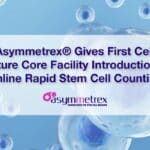
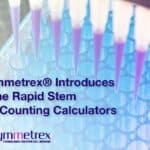
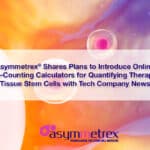
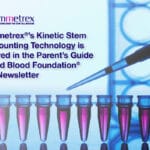
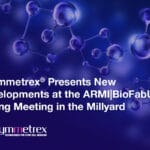
Leave a Reply